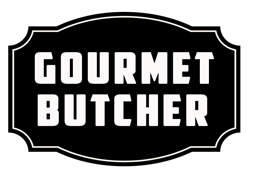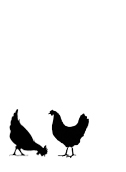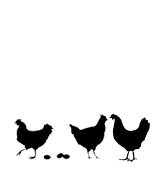 |
 |
 |
 |
 |
 |
WHERE YOUR HEALTH IS IMPORTANT
Questions and Answers
Here are a few questions we are asked on a regular basis.
Click on the question for the answer.
Q.How do you know your farmers really are “Grass Fed” and don’t use antibiotics or growth promoters?
A. SAMIC ( see www.samic.co.za) independently inspects and audits all Grass-Fed meat farmers. Back to the Top of the Page
Q. How are animals slaughtered?
A. Abattoirs are inspected specifically against international humane standards. If any abattoir gets less than 70% compliance they may not slaughter for us. Back to the Top of the Page
Q. What is the difference between Grass-Fed and Grain-Fed animals.
A. Most South Africans are unaware that there is any difference between grass-fed cattle and grain-fed cattle. For those who do know something about it there is some contention, and depending who the person is, they will give you the pros and cons for both types of feeding. Similar to scientists are paid by tobacco companies who will tell you that there is no proof smoking causes lung cancer.
Let us consider the cow and the chicken. The chicken was designed to eat grain as its staple diet. But in its throat it produces an acid, which combines with the grain. If you have cooked chicken giblets or cut up a chicken you will know the stomach of a chicken is extremely tough, but it is like that to be able to digest the grain.
On the other hand a cow was designed to eat grass. It has no way of digesting grain, so what happens the cow gets sick, its lungs and other organs begin to collapse, so to keep it alive, the farmer injects it with antibiotics.
Something else to consider most commercial grain in South Africa is Genetically Modified (GMO). What is this grain doing to the animals and to us who are eating the meat? Back to the Top of the Page
Q. Why isn’t this meat called organic?
A. Because the grasses being eaten by the sheep and cattle are not certified organic, however the grasses are indigenous. By law one cannot call this meat organic without certifying the grass as organic. Back to the Top of the Page
Q. Why do you actively promote eating the fat from grass-fed animals?
A. Fats get a bad reputation, but the truth is there are good fats and bad fats. And omega 3s are really good fats. These fatty acids, which are essential for human growth and development, are most often associated with coldwater fish and certain fruits and vegetables, but they also occur in abundance in forage-fed beef. The meat is a rich source of this healthy fat because the animals spend their lives eating the green forage plants that are naturally rich in omega-3s themselves. Just by eating their natural diet, the cattle absorb these valuable fats and then pass the nutrition on to you. The result is beef that has nearly 60% more omega 3s than beef from cattle that have been raised on a low omega 3 diet.
Multiple clinical studies have shown that lean
beef, even regardless of grass fed or grain fed, can be eaten interchangeably with skinless chicken or fish
to reduce cholesterol levels.
Q. How much more expensive is this meat compared to supermarkets?
A. If you are looking at the quality meat advertised in supermarkets our meat price is on a par or maybe a few percent dearer. Back to the Top
Q. What's the qualifications for Free Range Chickens?
A. Our chickens are free range and to be considered “Free Range”, they are able to spend at least 4 hours outside. Free Range Chickens can be fed grain; however some of the grain needs to be outside. Back to the Top of the Page
Q. What are the qualifications for Free Range Pig Farming?
A. Free Range Pigs spend their days outside, foraging outside; there must be water and a mud bath for the pigs to cool down. The pigs sleep inside at night, to keep warm plus protects them from any wild animals. A.No it's not.
|
Shipping Olive Oil Morgenster Flos Olei Q&A About Us Contact Us Meat Facts Website Disclaimer Terms and Conditions Copyright Notice Privacy Policy Site Map




